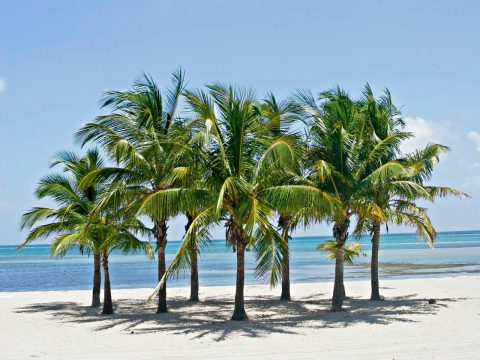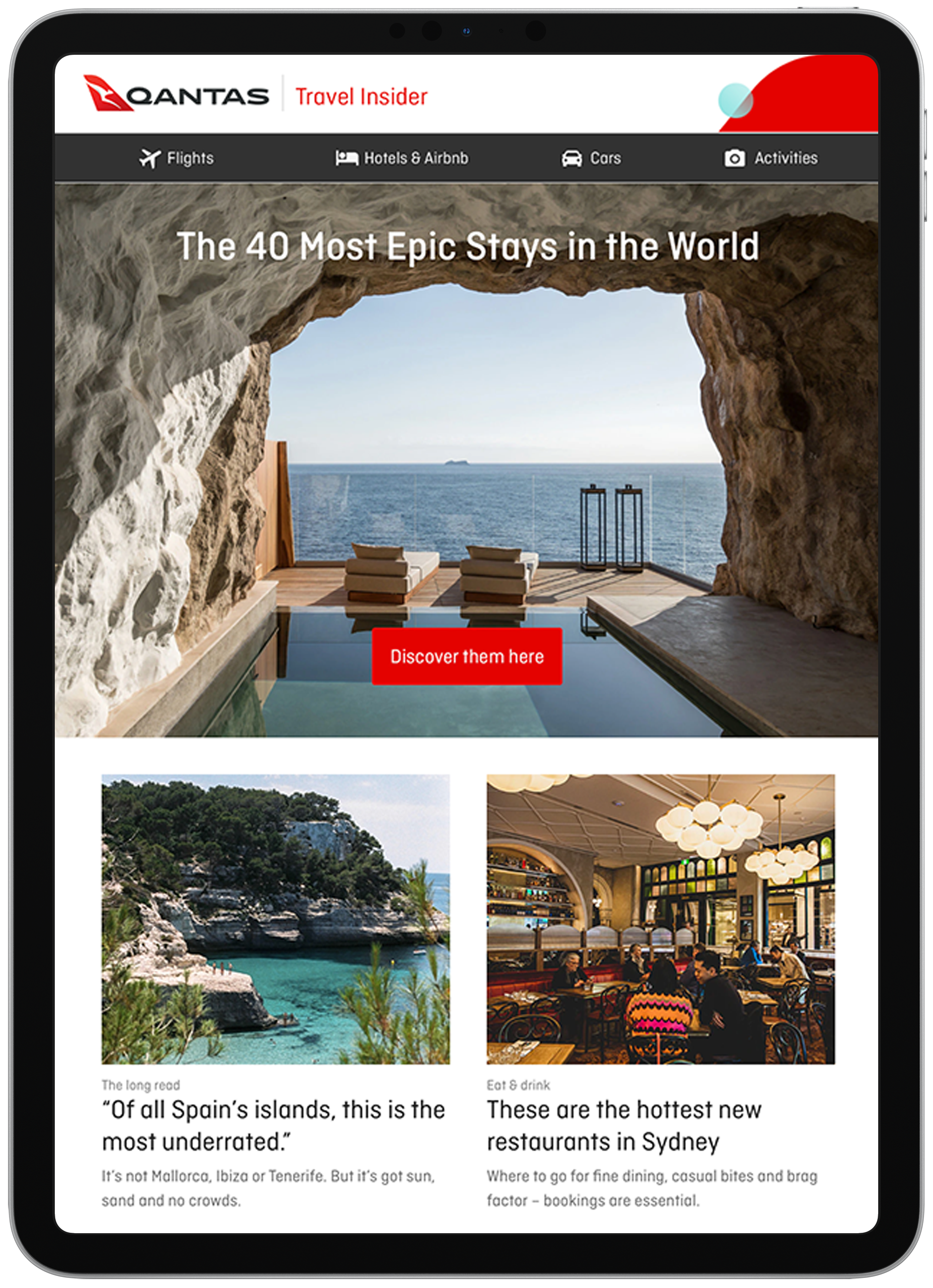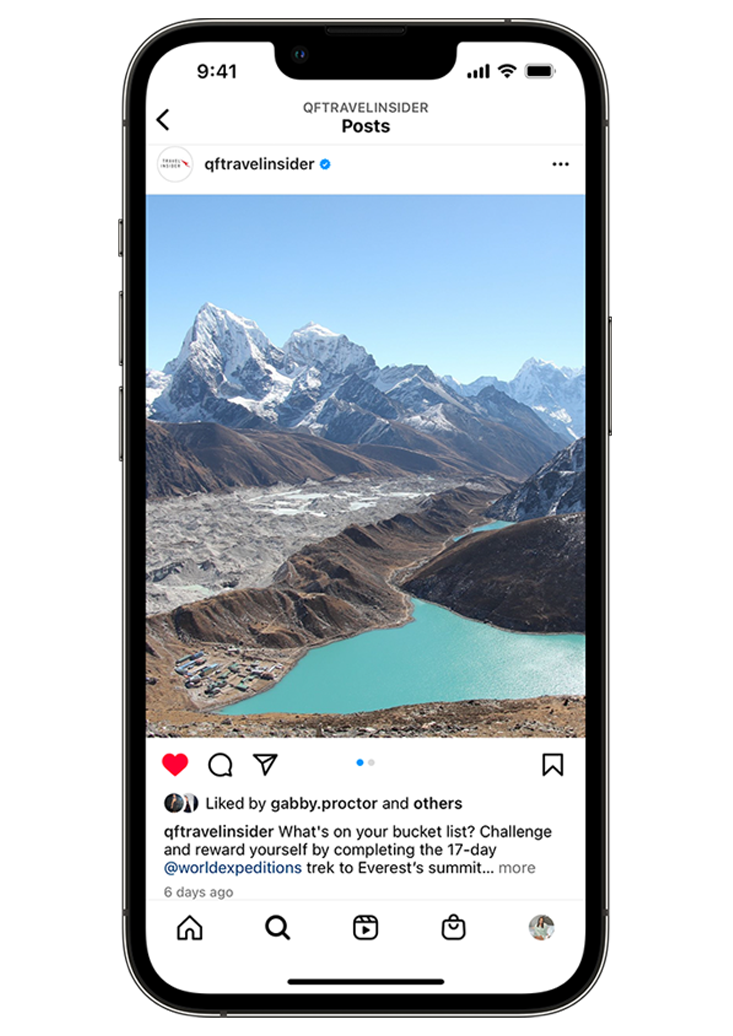This Caribbean Cruise Takes You From Mayan Marvels to Hemingway's Home
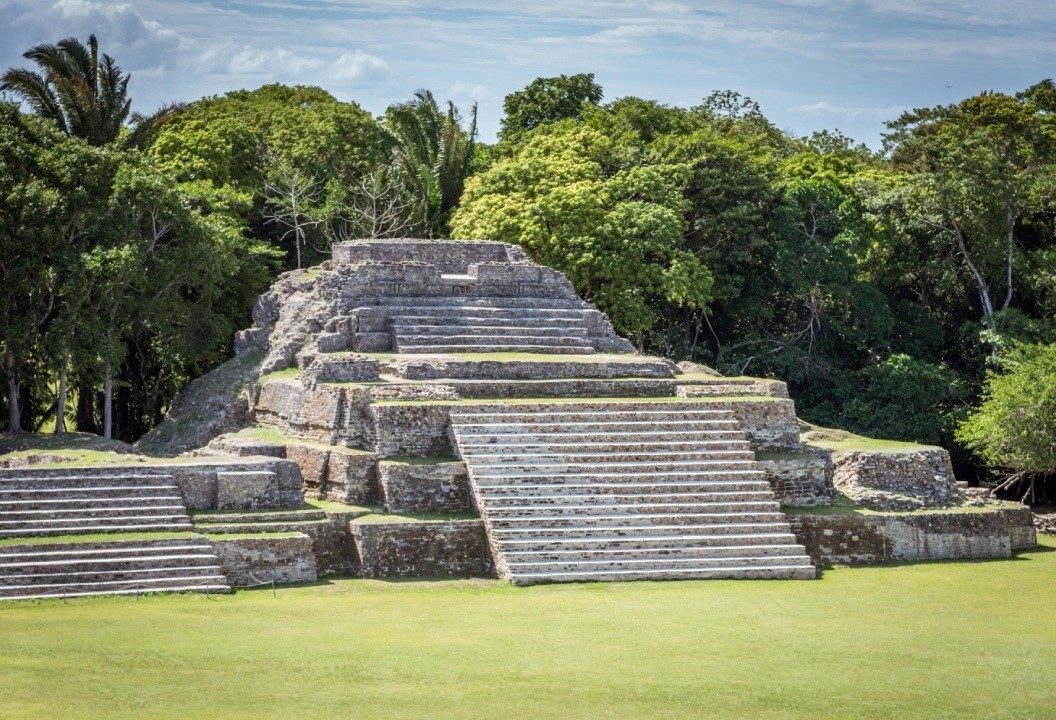
Theatrical Mexican wrestling, ancient Mayan secrets and Hemingway’s Key West home are some of the discoveries to uncover on this Caribbean jaunt.
A flurry of terns and frigatebirds scatters as a chorus of ship horns blasts. Today is a rare spectacle; two Explora Journeys ships, Explora I and Explora II, are sailing out of Miami port together, both set for adventures to different reaches of the Caribbean. From my balcony on deck six of Explora I, I can see the Miami skyline, its streamlined pastel-hued Art Deco buildings on South Beach emerging against a spectacular sunset intensifying from orange to red then pink. Clear of Biscayne Bay, the sister ships part ways and the sleekly designed 461-suite Explora I heads south-west towards the Yucatán Peninsula.
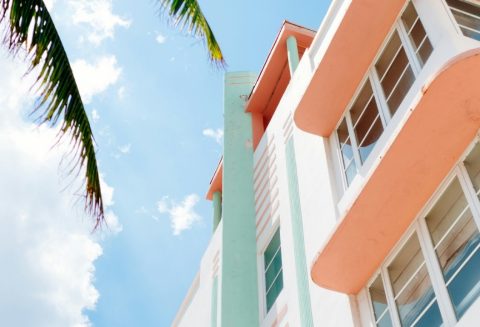
I’ve joined Explora Journeys’ seven-night Journey to the Playground of the Maya, taking in Belize City in the tiny Central American country of Belize, Costa Maya and Cozumel in Mexico then on to Key West, part of Florida’s coral cay archipelago. Onboard, I immediately feel a sense of space. Billed as a luxury, all-inclusive experience more akin to a private yacht than a commercial cruise, I’ve already wandered past inviting hot tubs and plush cabanas (pleasingly vacant) and had the entire Galleria d’Arte full of lithographs and prints by Pop Art greats Andy Warhol and Roy Lichtenstein all to myself. I’ve sampled each part of my Deluxe Penthouse Suite (all suites onboard are oceanfront), which has its own separate lounge area, a dining spot for four and a walk-in robe that doubles as a seated powder room (there’s a Dyson Supersonic hairdryer in the drawer). Best, though, and set to be a recurring perch come sunrise, is the giant private balcony offering views of new ports and new adventures.
On a bus excursion from Belize City to the Mayan ruins of Altun Ha, the differing landscapes of this small nation are revealed, from low-rise hotels (“Here we have the Las Vegas strip equivalent,” says our guide, Norman, with tongue in cheek, proud there is limited high-rise development in his country) to mangroves where locals have set up roadside blackberry wine stands. A flutter of yellow butterflies accompanies me on a walking tour of what was once a Mayan trading post from 250 BCE to 1000 CE. Norman tells us that within the pyramid-like limestone Temple of the Masonry Altars, a sculpture of a Mayan deity in the form of a giant head carved from jade was excavated. But we can’t see it: said to be worth US$10 million, it’s kept in a vault at the Central Bank of Belize.
Walking the steps of another temple to take in the view, he points out mamey apple trees and a national symbol of Belize, the glorious black orchid (that looks more purple, really).
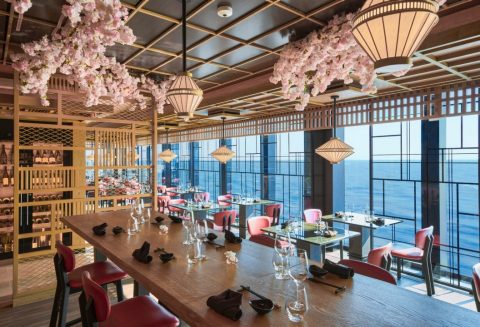
Back onboard, I sit down to plump ebi and fresh akami bluefin tuna sashimi under a canopy of cherry blossoms at the Japanese restaurant Sakura, one of six intimate restaurants on Explora I that I return to more than once. My cruising routine also features twice-daily biscuits and espresso at the central Crema Café, which fortuitously happens to be right near my suite. There’s a mix of mostly European and American guests, some families but primarily couples in their 40s and 50s, onboard. Two tables across at the Emporium Marketplace raw seafood bar, a French woman holds up her book and confides she is loving the attention to detail on the ship, from the library of books in each suite to the personal touches – the cruise line even has its own scent, Mandala Blue.
Days in Mexico are spent sampling fish tacos at taquerias. Feeling inspired, I visit a supermercado in Cozumel to snap up cooking wares, including a comal griddle and a tortilla press. I then attend a highly theatrical lucha libre match, where three high-flying masked técnicos (the good guys) are pitted against a trio of fearsome rudos (the bad guys). Crowd participation is encouraged. The wrestlers jump from the turnbuckles above the ring into the audience, their over-the-top theatrics exuberantly cheered on by local families until referee and comic relief Mr Taco somersaults out of the ring and calls the match. A metaphor for life in a six-metre ring, the players that follow the rules – the good guys – are triumphant. We all line up for photos with the victors.
A full sea day awaits: a chance to enjoy that endless view, the salty breeze and the gentle lapping of the waves against the hull. I take in the ocean from stern to bow; from the Astern infinity pool on deck five to the Helios pool on deck 12 (two of five pools on the ship), atop a stationary bike at the open-air Technogym on deck 14, with a ginger and cranberry mimosa in hand at the Atoll Bar on deck 10 and with the supplied binoculars from my balcony.
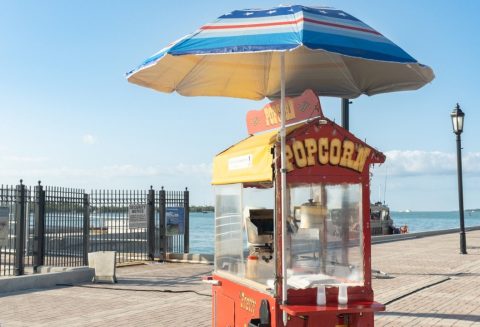
Back on land, a long-haired tabby pussycat with 24 toes is sleeping on Ernest Hemingway’s bed. I’m on the Hemingway excursion in Key West, the small, coral-reefed island that’s nearer to Cuba than Miami. At the Hemingway Home, the Spanish Colonial-style mansion that the Pulitzer Prize-winning author shared with his second wife, Pauline, and their two sons during the 1930s, the polydactyl cats have full run of the property, as per instructions in the writer’s will. These direct descendants from his own cat, Snow White, are variously splayed on the furniture, purring next to the typewriter in Hemingway’s writing room or roaming under the banyan trees in the garden.
Already on this half-day tour, which also includes a generous rum tasting at Papa’s Pilar distillery (named for Hemingway’s nickname and his boat), I’ve spotted three late-period Hemingway lookalikes (well-manicured grey beard, cable knit jumper) wandering Key West – four if you count the life-size bronze figure at the distillery. Turns out it’s a look that’s cultivated in these parts. “Every July, up to 150 lookalikes descend on Sloppy Joe’s Bar for the annual competition,” says our tour guide, Tim. The saloon was Hemingway’s drinking hole of choice to swap stories with fellow seafarers and anglers.
We’re each given a copy of his novella The Old Man and the Sea, the tour finishing with a reading. We listen as we hear about “Old Man” Santiago, who “always thought of the sea as ‘la mar’, which is what people call her in Spanish when they love her”. Some of our squadron of cruising seafarers (albeit for just a week) give each other a knowing look.
